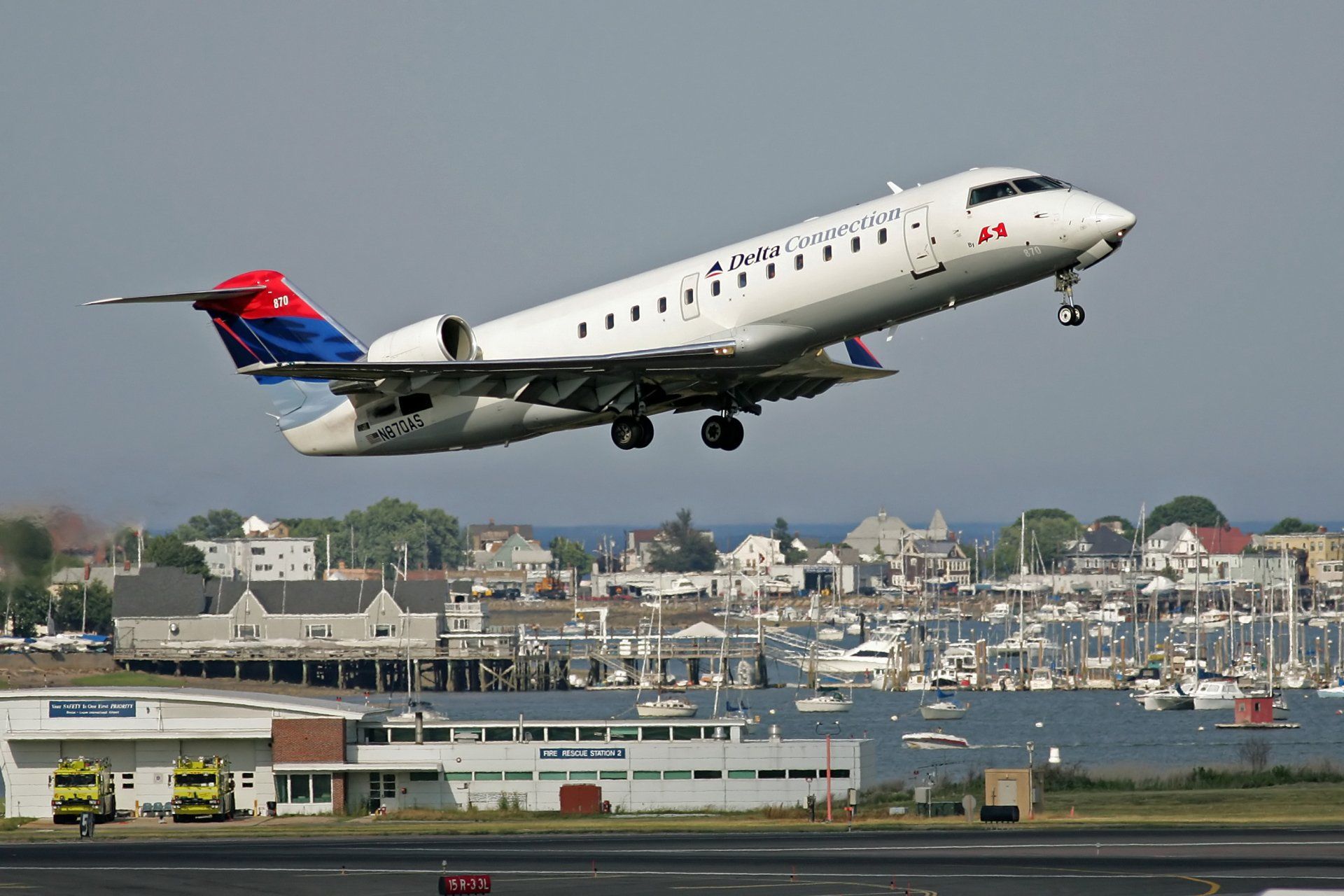What Will The New Fuel Tanks at The ATX Airport Do ?
The new jet fuel plant, approved by the Austin City Council in 2018, will add two fuel tanks to the two at Austin-Bergstrom International Airport, doubling the amount of available fuel for current operations. Airport planners have proposed a new fuel storage facility near U.S. Route 183. Airport officials insist their fuel storage risks are minimal.
According to Sam Haynes, the airport's current fuel storage facilities have been operating since 1999 without major leaks or fires. Most airports average five to seven days of fuel, Haynes said, although construction is expected to begin on a new, larger fuel plant later this year. The airport's fuel tanks, which have not been expanded since they were built in 1999, when the visitor center served nine million fewer passengers in 1999, can hold just two to three days' worth of fuel, according to Sam Haynes, an airport spokesman.
The airport says huge new fuel tanks are needed to handle the airport's passenger traffic, which is expected to hit a record 20 million this year. On the other hand, there are nearby residents who blame the airport for not doing enough environmental research to install huge new fuel tanks and want the plan to be stopped. To some in East Austin, near the airport, which is traditionally more Hispanic and black, this superstructure resembles a local oil reservoir that has been leaking for decades.
Austin Texas Airport is Forecasting Huge Numbers of Flights
New Fuel Tanks at ATX are Crucial
Southwest Airlines, the largest airport carrier by passenger numbers, says Southwest Airlines is aware of Austin's fuel problems and is boarding its aircraft as a result. The Austin airport also sent a warning to airlines on Monday, warning them to arrive with extra fuel or send more due to a shortage. The Austin airport has ordered airlines to refuel their planes elsewhere or take extra ones with them. The Austin airport insists the shortage was not the cause of yesterday's chaos, which is said to have been caused by a large number of morning travelers who arrived in the city for a series of high-profile events over the weekend, including a NASCAR race and golf tournament.
Passengers missed their flights and rental cars were left in line at the curb at the Austin airport on Monday as high passenger numbers and a sudden shortage of fuel plagued the busy tourist hub. As the city of Austin's population and economic importance have grown in recent years, airlines have opened new direct flights to the airport instead of routing passengers through existing hubs in Dallas and Houston, resulting in a surge in passenger numbers on the Austin-Bergstrom direct service. Airport chief executive Jacqueline Jaft said without more fuel, new flights could not be added after 2023, holding back the growth of Austin-Bergstrom International Airport when the facility is experiencing record demand as a vital transportation hub in one of the country's fastest growing regions.
If storage capacity is not expanded as planned, airlines could also face logistical difficulties, with more than 80 flights forced to fly to the city daily on extra fuel, Yaft said. Finding a new home for the tanker could also delay airport expansion plans. If plans are cancelled, Yaft said a new round of review and development could leave the project four years or longer to build. Fuentes noted that the Austin-Bergstrom International Airport needs to increase jet fuel stocks. Neighboring residents and environmental activists have petitioned the Austin City Council to relocate the oil depot, saying they fear the risk of toxic fumes, dangerous fires or deadly explosions.













